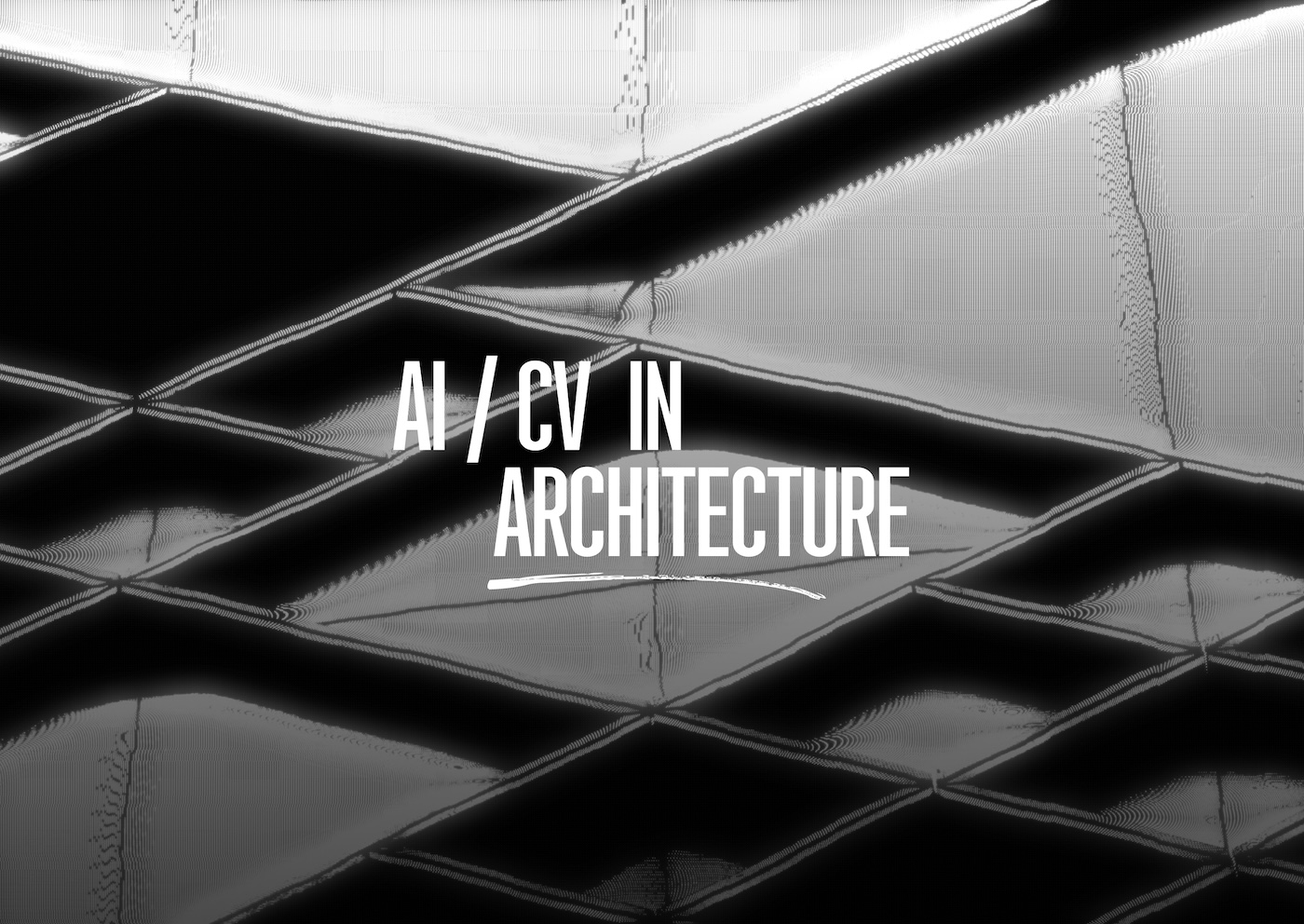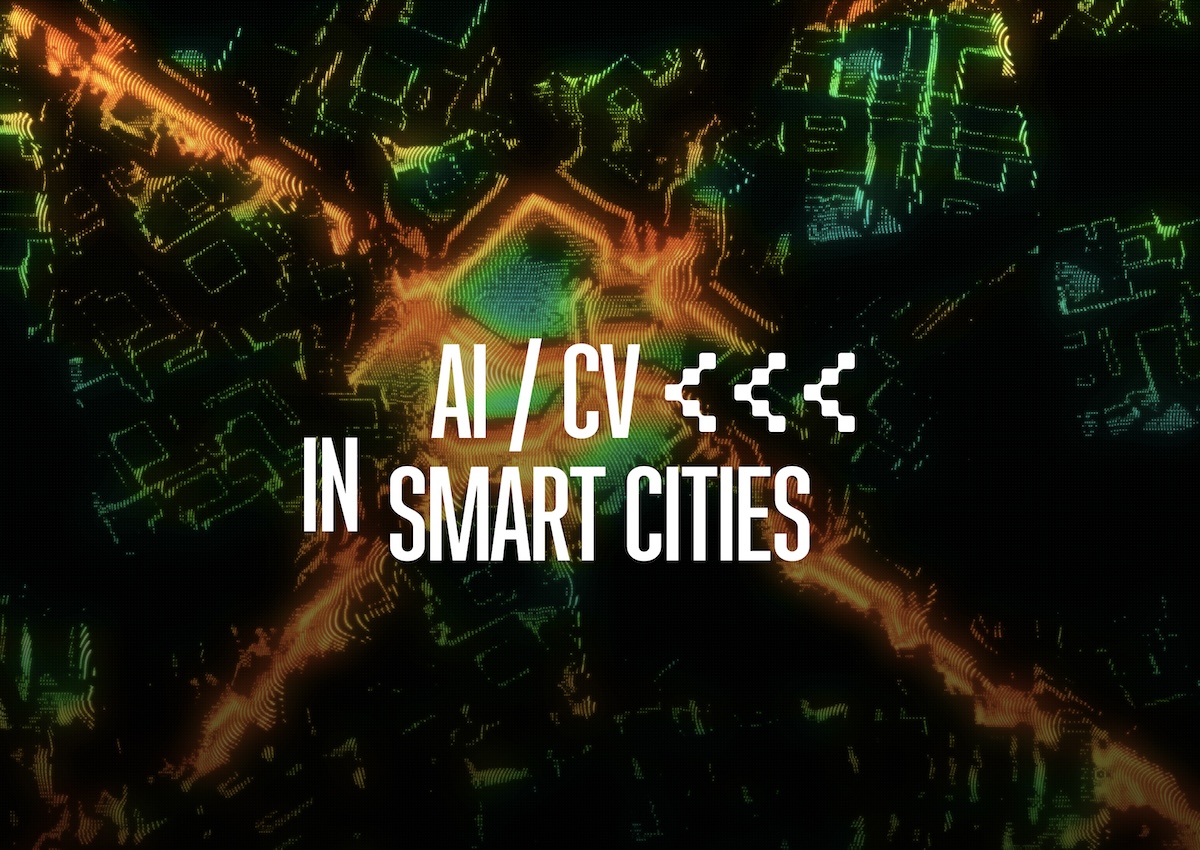

Smart traffic lights with computer vision and AI technologies help optimize traffic on urban roads, reducing congestion and improving safety. They are equipped with cameras and sensors that collect real-time data on traffic, vehicle, and pedestrian speeds. AI analyzes this data and makes decisions to switch traffic lights to minimize wait times and prevent congestion.

For example, Yunex is developing an AI project in smart cities called Sitraffic Symphony, which uses artificial intelligence to control traffic lights based on the current traffic situation. The system can predict traffic congestion and automatically change the phases of traffic lights, optimizing the flow of cars and pedestrians. These solutions are already in use in London and Berlin.
In addition, in Berlin, AI takes into account the actual traffic of public transportation. For example, if a subway train is delayed, the phases of the traffic lights will be switched so that on the surface the tram will “wait” for passengers leaving the station.
Cameras that are installed at traffic lights are increasingly being used for mobility. For example, in Finland, cameras automatically change the light to green at sparsely used intersections and at night whenever they see a car approaching.
AI in smart cities use sensors embedded in the asphalt that detect available parking spaces. In addition to sensors, they use computer vision and data analytics to communicate real-time information about available spaces to drivers via mobile apps. AI and iot for smart city applications are cutting-edge technologies now!
Fybr, for example, is developing such systems to monitor parking spaces in San Francisco. The sensors are powered by Internet of Things (IoT) technology and automatically update information in the cloud, allowing drivers to find parking quickly. In the future, such systems could be integrated with autonomous cars to automatically find and reserve parking spaces.

There are AI in energy & utilities that adjust the brightness of street lights depending on the time of day, weather conditions and the number of pedestrians and cars on the street. Such systems use AI and computer vision help to reduce energy consumption and ensure road safety.
One notable example of such technology is the Tvilight system installed in Amsterdam and other cities. The system analyzes data from cameras and motion sensors to adapt the lighting to the current situation, reducing brightness when the streets are empty and increasing it when motion is detected. This can reduce energy costs by up to 80%, as well as decrease light pollution.

Air monitoring systems equipped with sensors and AI make it possible to track pollution levels and predict its changes.
The Airly system provides a complete solution for air monitoring in major cities. It uses AI to analyze data on emissions, weather conditions, and traffic activity to predict pollution levels and warn residents of potential dangers. Such systems allow citizens to choose the cleanest routes and help authorities take measures to improve the environmental situation.

BreezoMeter offers an AI-driven platform that provides real-time air quality data in cities like San Francisco and Tel Aviv. The platform uses AI to analyze data from multiple sources, including satellite imagery and ground sensors, to deliver accurate pollution forecasts and alerts.

Intelligent waste management systems use AI and computer vision to optimize waste collection routes, monitor waste levels, and reduce operational costs. By placing sensors in bins and analyzing data on waste generation patterns, these systems can predict when bins will be full and dynamically adjust collection schedules.
The company Rubicon, for example, has developed a platform called Rubicon SmartCity that has been deployed in cities such as Atlanta and Houston. The platform integrates AI and IoT to track waste levels in real time, optimize collection routes, and provide actionable insights to city officials. This not only reduces the frequency of collection trips, but also minimizes fuel consumption and carbon emissions.

AI-powered water management systems help cities monitor water quality, detect leaks, and manage water distribution more efficiently. By analyzing data from sensors placed in water distribution networks, these systems can identify leaks or contamination in real-time and alert the authorities immediately.
One example is the WaterScope system by the company TaKaDu, used in cities like London and Barcelona. This system employs AI to continuously monitor water networks, detecting anomalies such as leaks, pipe bursts, or unauthorized usage.

Furthermore, the system can forecast future water demand based on historical data and current weather conditions, enabling better resource planning and ensuring a consistent water supply for residents.
AI and computer vision technologies are also transforming energy management in buildings, making them more energy efficient and environmentally friendly. These systems monitor and control heating, cooling, lighting, and other energy-consuming devices based on real-time occupancy and environmental data.
For example, Siemens has developed the Desigo CC system, which is used in smart buildings around the world. This system uses AI to optimize energy use by adjusting temperature settings, lighting levels, and ventilation based on the number of occupants and time of day. The result is significant energy savings and improved comfort for building occupants. In addition, Desigo CC can integrate renewable energy sources such as solar panels into the building's energy management system, maximizing the use of clean energy and further reducing the building's carbon footprint.

Artificial intelligence is being used among other things to find locations to install solar panels. For this purpose, satellite images with increased sensitivity in the red spectrum are analyzed by machine vision technology to find suitable locations. What's more, AI and CVs can easily identify panels already installed in private households to take this into account when planning new installations.
These systems can automatically detect accidents, fires, or other emergencies through video surveillance and sensor data, triggering immediate alerts to emergency services.

An example of this technology is the CommandCentral Aware system by Motorola Solutions, used in cities like Chicago and Detroit. This system integrates data from cameras, sensors, and public reports to provide a real-time view of emergencies. AI analyzes this data to determine the severity of the situation and prioritize response efforts, ensuring that the most critical incidents receive attention first.
Read about how modern technology is changing not only cities, but also industries, in our blog article
In addition, the system can track the location of emergency vehicles and provide optimized routes, reducing response times and potentially saving lives.
AI and computer vision are playing a critical role in the development of smart energy grids that help cities manage electricity supply and demand more efficiently. These grids can integrate renewable energy sources, detect and respond to outages, and optimize energy distribution in real-time.

A leading example of this technology is the Grid4C platform, which uses AI to predict energy demand and optimize grid performance. Used in cities such as Houston and Tel Aviv, the system analyzes data from smart meters and other sources to predict energy consumption patterns and adjust supply accordingly. This helps prevent blackouts, reduce energy waste, and lower costs for both utilities and consumers.
